Disclosure: We may get commissions for purchases made through links in this post.
Are you thinking about revitalizing your concrete patio or walkway? You might be wondering if you can install pavers over a concrete surface for a new look atop that unsightly, cracked concrete. We've researched whether you can install pavers directly on top of the concrete, and how you can do this to upgrade your hardscape.
Yes, it is perfectly alright to lay pavers over concrete. Follow these simple steps:
- Clean the surface.
- Using nylon or wood, make a frame on the perimeter of the area you will be paving. This will avoid the concrete mixture overflowing.
- Estimate the thickness of pavers to be sure that the floor wil be even.
- To make a concrete mixture, combine sand, gravel, and water. Pour the mixture onto the area.
- Lay the pavers while the concrete is wet and soft.
- Let the surface dry. Spread dry sand all over the surface to fill in the gaps. This will enhance the grip of pavers.
- You have an option to remove the frame or leave it that way, especially if the frame makes the surface better.
Installing pavers is a great way to ensure that the floor is evenly layered. This can improve the surface quality and appearance. We know you're enthusiastic about pavers. We've got you covered! After reading this article, you will understand what our research has determined.
![Paving stone installation over concreate, Can You Put Pavers Over Concrete? [And How To]](https://pavingplatform.com/wp-content/uploads/2022/02/Can-You-Put-Pavers-Over-Concrete-And-How-To-e1646033718325-800x1200.png)
Tools For Installing Pavers
Shown below are the basic tools for installing pavers:
- Wheelbarrow
- Small shovel or trowel
- Gloves
- Tape measure
- Framing square or L-shaped ruler
- Hammer
The wheelbarrow is used to transport the concrete mixture around the area. The trowel is used to apply and spread small amounts of concrete. Gloves are used to protect against dust. A tape measure and an L-shaped ruler are used to measure the pavers and ensure that they are aligned with one another. Finally, the hammer is used to secure the pavers.
Preparation And Assessment
The first step is to assess the area before installing the pavers. You can do it on your own, but if the area is too large, you may require assistance. If some drainage pipes are installed beneath the concrete path, and you intend to install pavers in these areas, consult an expert first, as you may have difficulty repairing them if the pipes become damaged during installation.
If the concrete base is still suitable for pavers, simply clean it and arrange the pavers. Even without a new concrete mixture, you can lay pavers. However, to secure pavers in place, you will need to fill the gap with something like dry sand. Although, it is recommended that a concrete mixture be used as an adhesive beneath the pavers.
There might be cases where you should remove the entire concrete area and replace it by applying a new concrete mixture. If this happens, try asking an expert for assistance. However, should you want to make a minor repair on the concrete surface, you can simply do it without installing pavers. After all, pavers are just an option for a revised look.
Alternatives To Concrete Base
Aside from concrete mixtures, of course, you have many options. The texture and outcome may differ. Some are inexpensive, while others can be quite costly. Take a look at these alternatives.
Fiber Concrete Or Papercrete
This is made from recycled materials such as paper and fiber waste. Papercrete, a term for a paper-concrete mixture, is an environmentally friendly alternative to traditional concrete solutions. This can be used as an adhesive beneath the pavers.
This, however, is softer than real concrete. It can provide you with a cooler temperature since it is more lightweight than the other types. Fiber concrete can last up to 15 years.
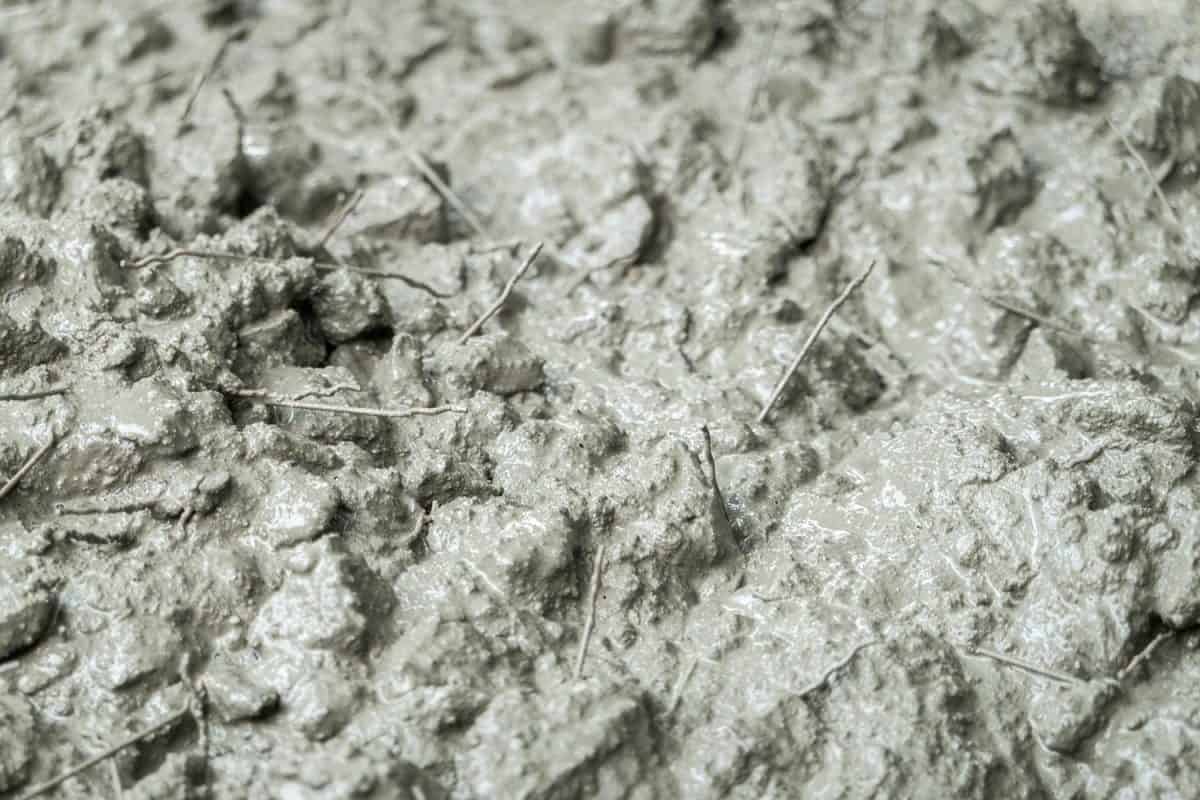
Polystyrene Concrete
It's composed of light materials mostly plastics and foam. It is highly compatible with almost any surface like soil, steel, and wood. It lessens the pollution by the fact that you only need waste materials for the mixture. However, it's weaker than the other solutions. Polystyrene concrete can last up to eight years.
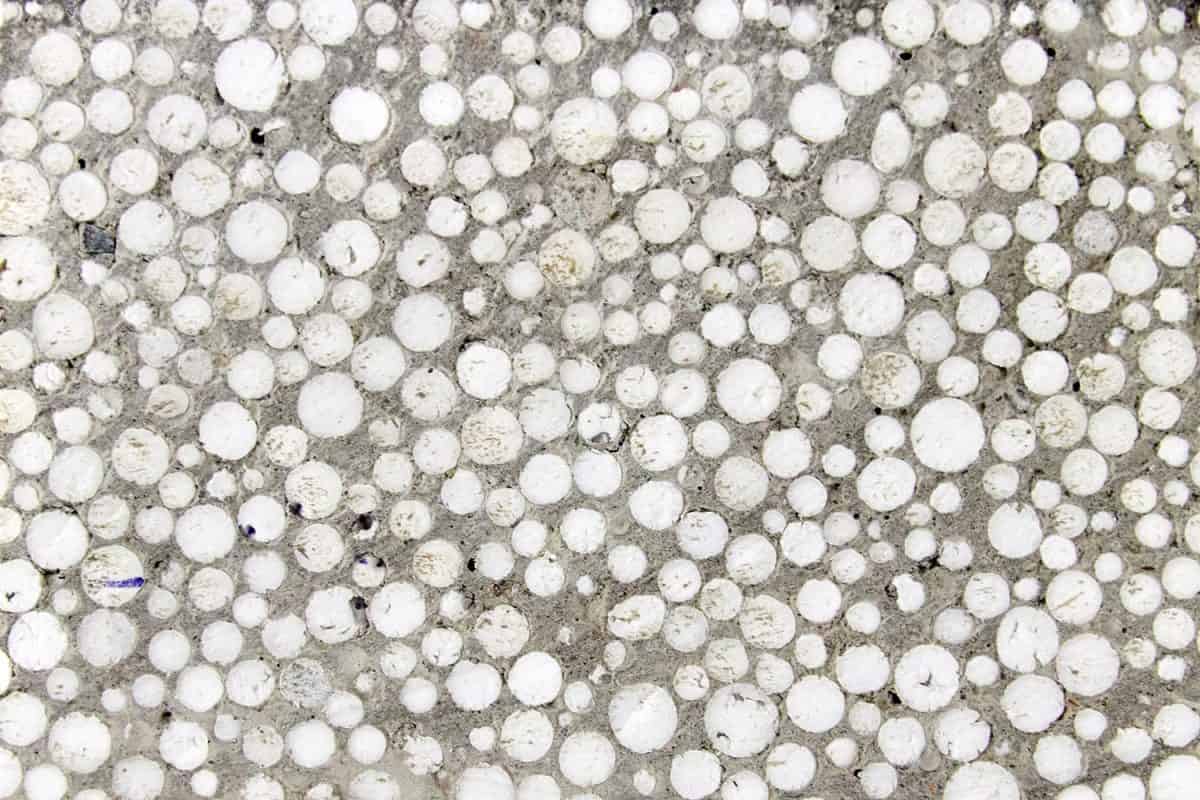
Rubberized Asphalt Solution
Rubberized solutions are extremely durable, flexible, and long-lasting. Rubber asphalts are used on highways because of their smooth texture. However, using this as an alternative to pavers may result in a completely different outcome. Because of its strength, removing it will require too much effort if you decide to change the surface. Overall, it is a good option that can last up to 30 years.
Common Types Of Pavers
You might need to reconsider the type of paver you want for your home. Pavers are supposed to be long-lasting. Plan the installation and evaluate the factors, as a paver can be costly depending on the material. So, make your best choice.
Brick Pavers
Brick pavers are made of clay and sedimentary rock. These are known as environmentally friendly and much cheaper than the other pavers. Brick pavers are sometimes mixed with sand to add firmness. The mixture is then heated up to a thousand degrees Celsius to solidify its particles. Brick pavers can last for decades.
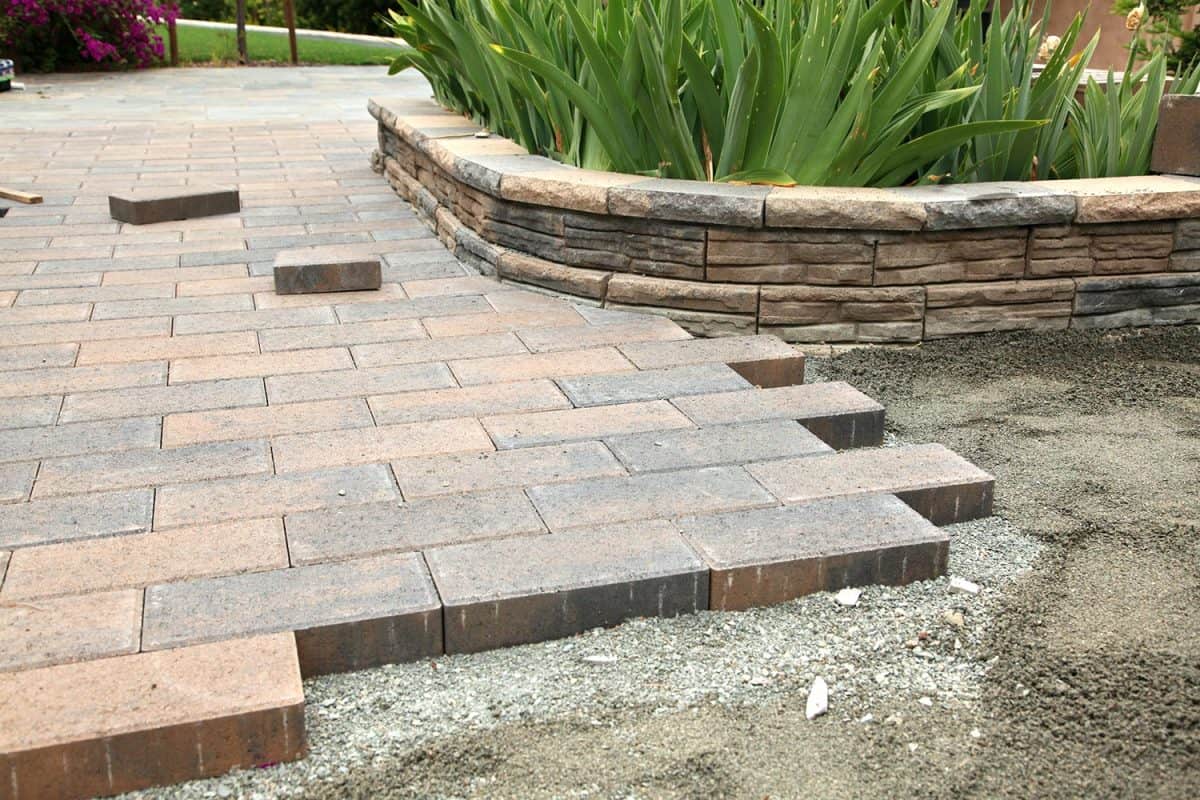
Concrete Pavers
Concrete pavers are a combination of aggregates, sand, cement, and water. The mixture is then shaped and heated, resulting in a strong concrete. These are ideal for outdoor use, such as public streets and parks. Concrete pavers can last up to 25 years.
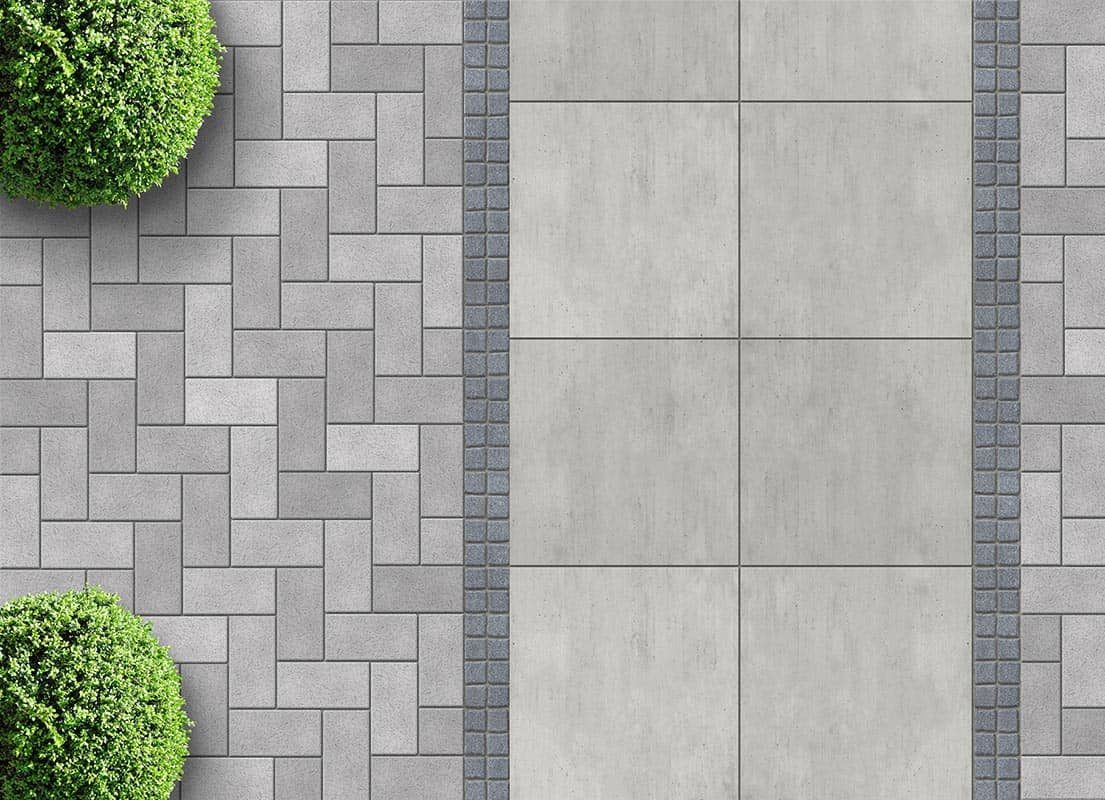
Can You Install Pavers Indoors?
Certainly, yes. There are just a few things to consider. It is essential not to put pavers on the wrong place, as this can result in inconvenience rather than comfort.
Refer to the following pointers:
- Pavers can take up a lot of space inside your house. Measure the area and thickness of a paver before installing it.
- Almost anywhere inside the house can have pavers. However, if the foundation is made of lightweight materials, exercise caution. For example, if the house is constructed of wood, pavers may cause the floor to collapse. If you want pavers installed on higher ground, you should consult an expert.
- Pavers on bathroom floors may be too slippery. But if you want, you can choose a rough-textured paver such as concrete.
- The house can become dusty over time. However, not all pavers produce dust. Laying down an area rug can prevent an upward flow of dirt that could pollute the room.
Can You Put Pavers On Sloped Surface?
The procedures are the same as for installing pavers over a level surface. Except that on a slanted surface, water can rush down quickly. If the ground is soil or rock, the water may shorten the life of the pavers and cause algae to grow faster.
Homeowners frequently leave the slope without pavers. However, a good alternative to putting pavers over a slope is to convert it into stairs or a retaining wall. This will become more relevant than merely installing pavers over a slope. You need professional contractors to do this.
How To Fill Gap Between Pavers?
Fill in the void with sand or reapply concrete. Spread the sand evenly across the pavement with a floor brush. It's best to apply it 2-3 times to ensure that all tiny gaps are filled. This technique can make moving the pavers nearly impossible. You can add an adhesive solution designed for concrete surfaces to further strengthen the bond between pavers.
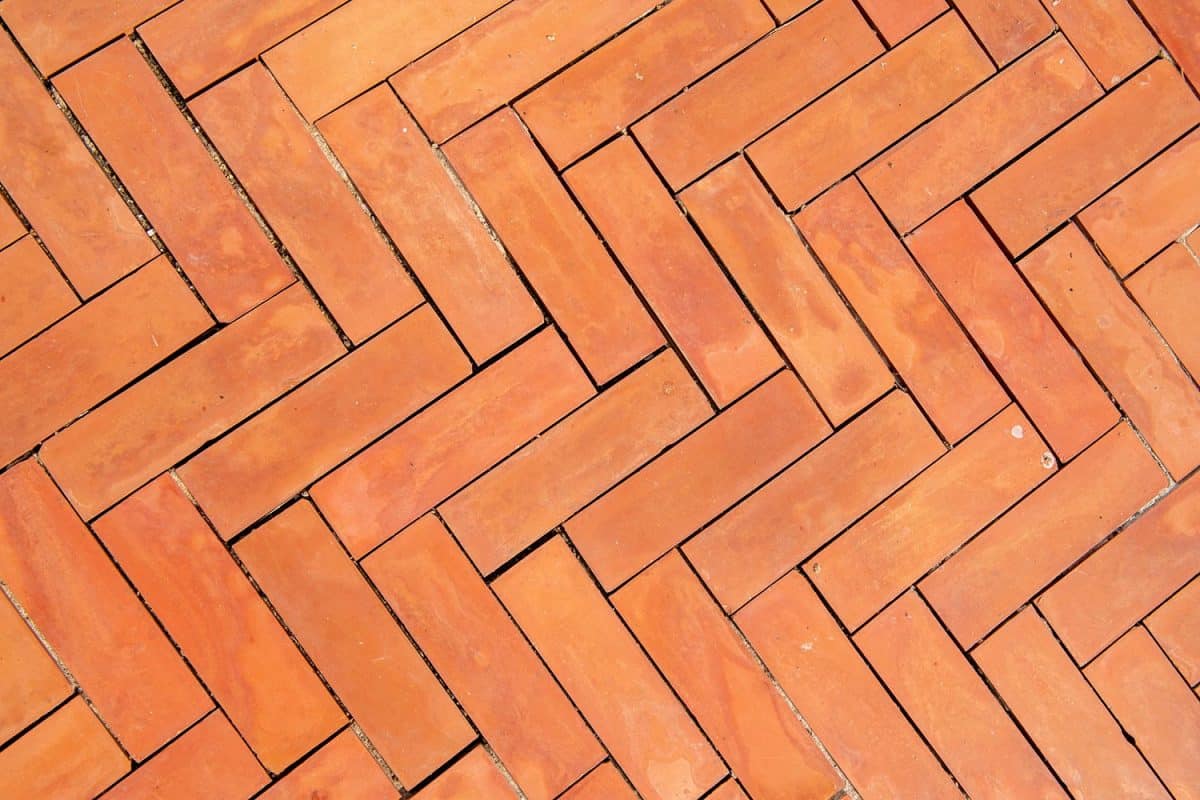
How To Replace Pavers And How Often To Replace Them?
You may need professional assistance to remove and replace the pavers. But you can use a chisel or grinder. Otherwise, cut and break each piece if the adhesive is too strong. Then, remove and replace the new paver with another concrete base underneath.
Fill in the gaps. It is recommended to install all the pavers on the same day, instead of leaving half the area undone and continuing with a two-day interval. This is because the concrete will react differently after being solidified, which will cause misalignment. If you need to continue on the next day, divide the area with frames of the same measure to keep the pavers in place.
Furthermore, replacing the pavers should be done if it's dangerous to step on. It's normal if pavers have cracks, but this does not mean you have to replace them. Observe if this could cause danger or an accident before actually replacing them. It may be a waste of time to fix something that does not need fixing.
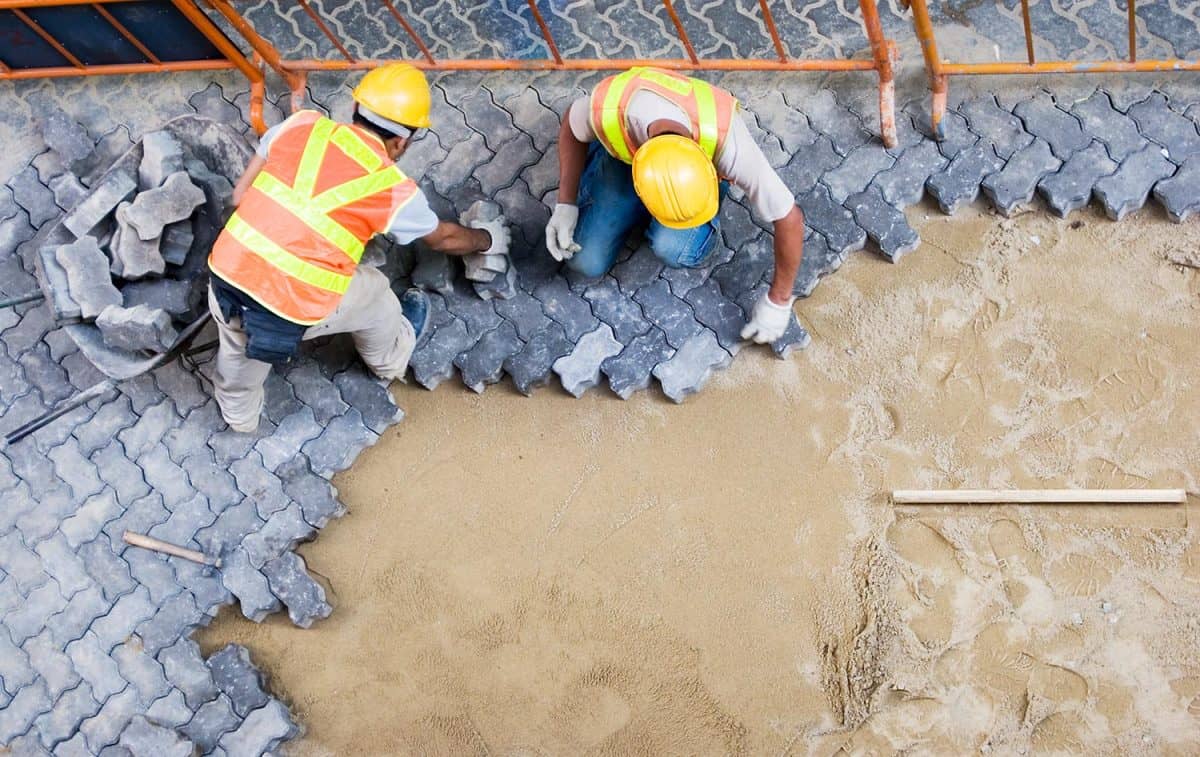
A Paved Idea
You can place a paver over the concrete by choosing what solution and paver you desire.
Wanting to learn more? Pave your way through these articles:

![Vibrant Red Paver Stone Path, Can You Spray Paver Sealer? [How To Apply It]](https://pavingplatform.com/wp-content/uploads/2022/04/Vibrant-Red-Paver-Stone-Path-600x400.jpg)
![Properly laid out red pavers for a garden, Can You Tint Paver Sealer? [And How To]](https://pavingplatform.com/wp-content/uploads/2022/04/Properly-laid-out-red-pavers-for-a-garden-600x400.jpg)
